#i hate period dramas
Text
If I hear the word "broodmare" used in a 3rd wave feminist, anti-patriarchy speech by a female character who is supposed to be from a time where bicycles aren't invented yet in one of these "historical" dramas I am going to lose my mind.
Like yes, feminists existed before the late 19th century! Good job! But am I supposed to believe that every single 16 year old princess had the exact same "I don't want to be sold off like a broodmare and bear children for my husband!" reaction to the news that they were going to have an arranged marriage, y'know the thing they have been prepared for their entire lives because children of monarchs in a pre-modern world were (and knew that they were) practically political bargaining tools?
Like showrunners of period dramas need to dial it down on the #girlboss juice and instead put more energy into historical costume research beyond typing "old timey dress" to Pinterest and running with the first five results.
#i hate period dramas#i love period dramas#i think period dramas could do better#also corsets aren't fucking evil or oppressive#most corsetmakers in history were women and Victorian men who hated the idea of women-owned businesses started a smear campaign out of spite#so no wearing the historically accurate undergarment for the historical film you are shooting doesn't make you lose your feminist status#rant#period dramas#period drama rant#historical accuracy
38 notes
·
View notes
Text
So I accidentally almost got into an argument on Twitter, and now I'm thinking about bad historical costuming tropes. Specifically, Action Hero Leather Pants.
See, I was light-heartedly pointing out the inaccuracies of the costumes in Black Sails, and someone came out of the woodwork to defend the show. The misunderstanding was that they thought I was dismissing the show just for its costumes, which I wasn't - I was simply pointing out that it can't entirely care about material history (meaning specifically physical objects/culture) if it treats its clothes like that.
But this person was slightly offended on behalf of their show - especially, quote, "And from a fan of OFMD, no less!" Which got me thinking - it's true! I can abide a lot more historical costuming inaccuracy from Our Flag than I can Black Sails or Vikings. And I don't think it's just because one has my blorbos in it. But really, when it comes down to it...
What is the difference between this and this?
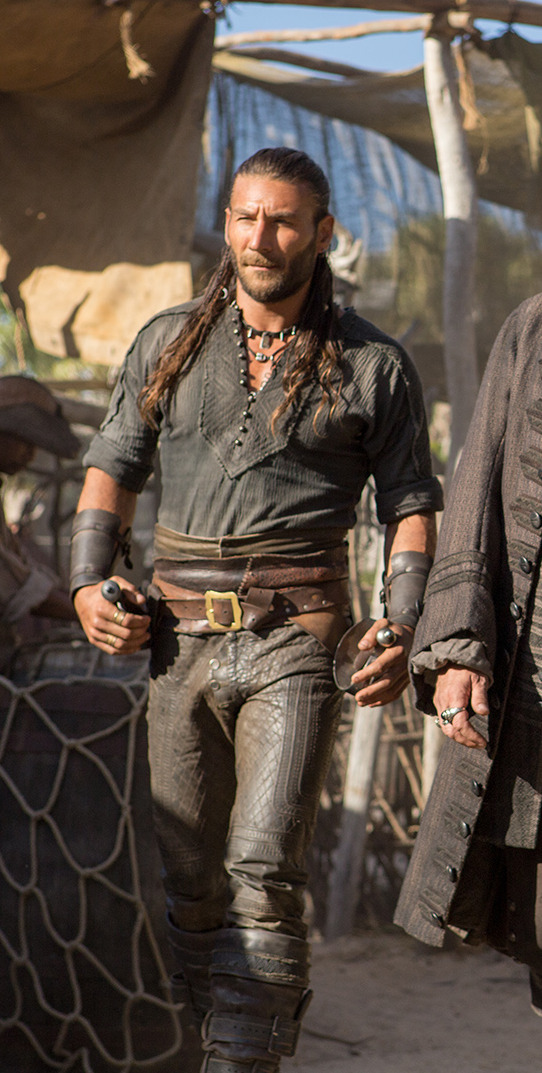
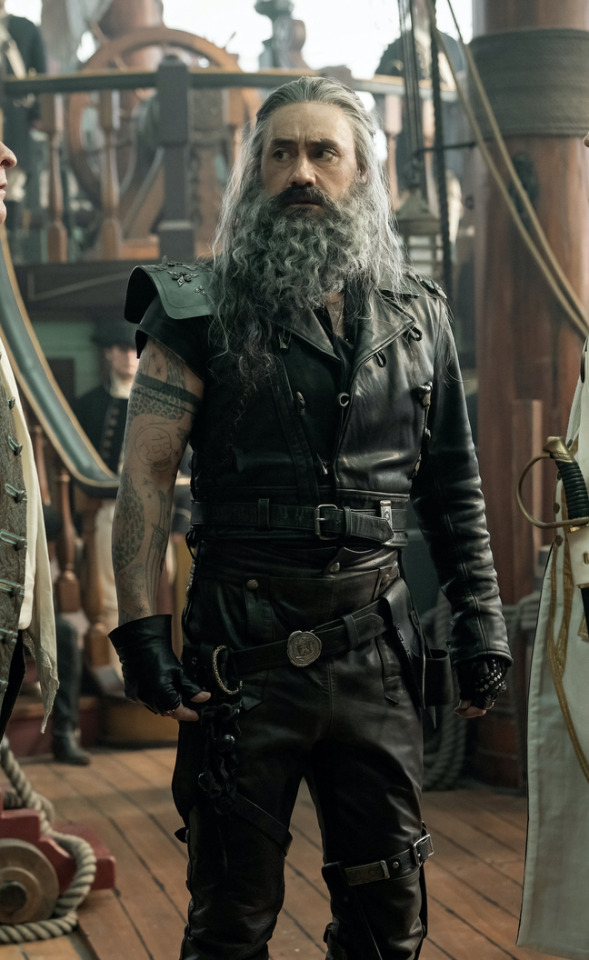
Here's the thing. Leather pants in period dramas isn't new. You've got your Vikings, Tudors, Outlander, Pirates of the Caribbean, Once Upon a Time, Will, The Musketeers, even Shakespeare in Love - they love to shove people in leather and call it a day. But where does this come from?

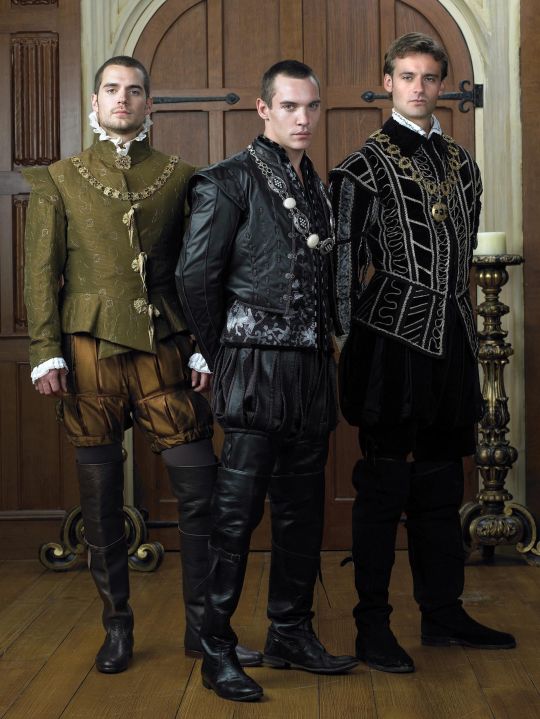
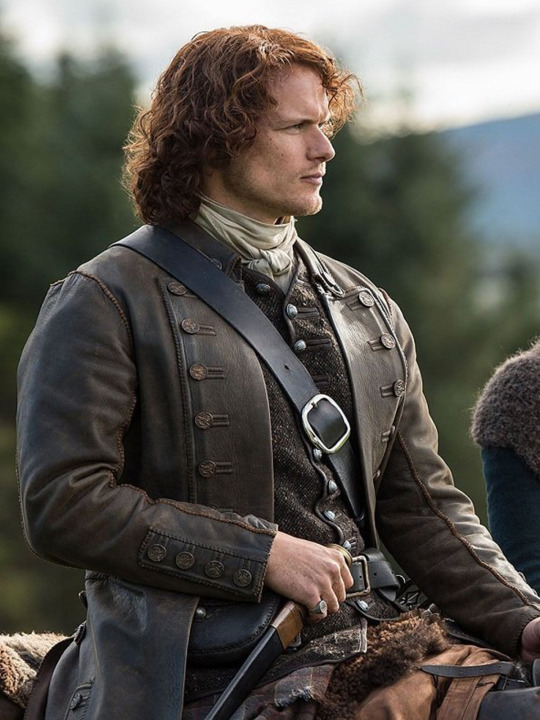

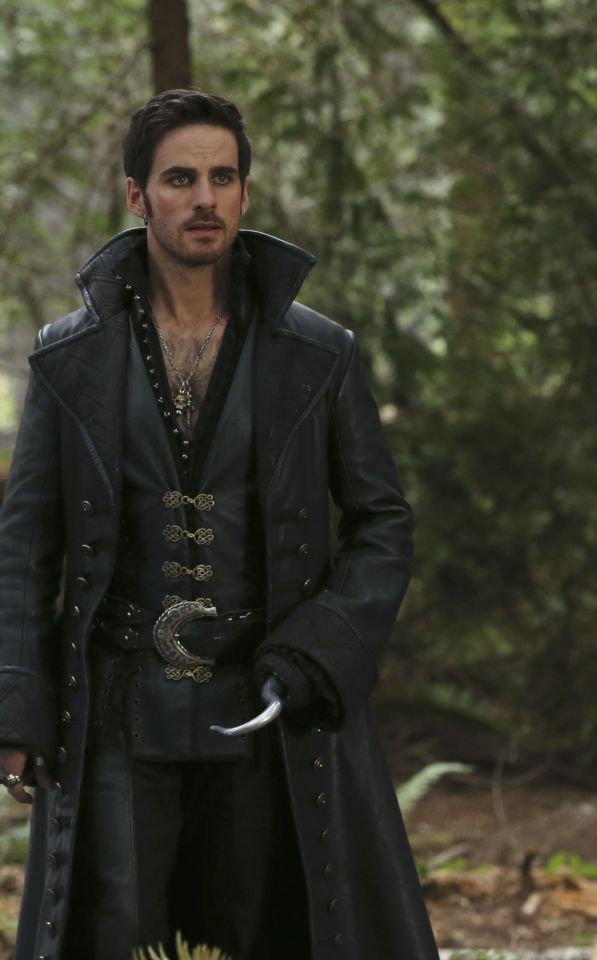
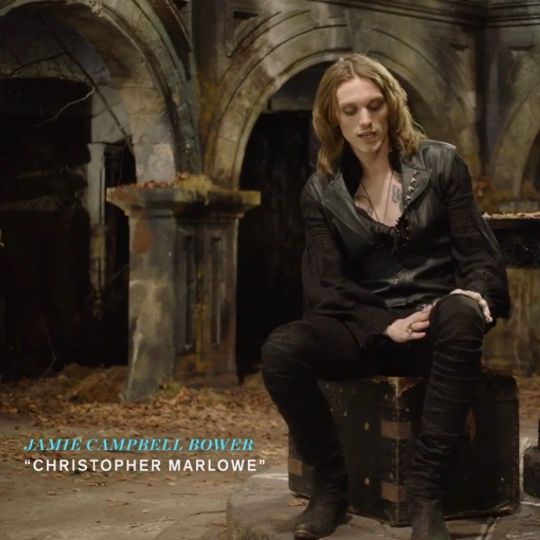
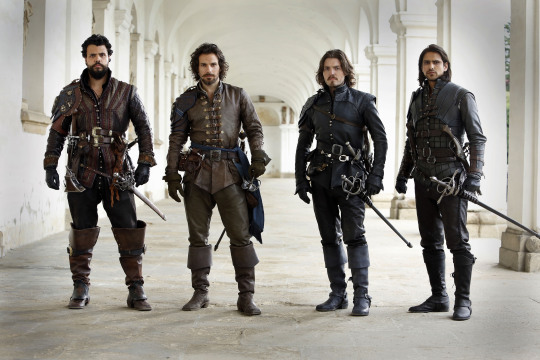

Obviously we have the modern connotations. Modern leather clothes developed in a few subcultures: cowboys drew on Native American clothing. (Allegedly. This is a little beyond my purview, I haven't seen any solid evidence, and it sounds like the kind of fact that people repeat a lot but is based on an assumption. I wouldn't know, though.) Leather was used in some WWI and II uniforms.
But the big boom came in the mid-C20th in motorcycle, punk/goth, and gay subcultures, all intertwined with each other and the above. Motorcyclists wear leather as practical protective gear, and it gets picked up by rock and punk artists as a symbol of counterculture, and transferred to movie designs. It gets wrapped up in gay and kink communities, with even more countercultural and taboo meanings. By the late C20th, leather has entered mainstream fashion, but it still carries those references to goths, punks, BDSM, and motorbike gangs, to James Dean, Marlon Brando, and Mick Jagger. This is whence we get our Spikes and Dave Listers in 1980s/90s media, bad boys and working-class punks.


And some of the above "historical" design choices clearly build on these meanings. William Shakespeare is dressed in a black leather doublet to evoke the swaggering bad boy artist heartthrob, probably down on his luck. So is Kit Marlowe.
But the associations get a little fuzzier after that. Hook, with his eyeliner and jewellery, sure. King Henry, yeah, I see it. It's hideously ahistorical, but sure. But what about Jamie and Will and Ragnar, in their browns and shabby, battle-ready chic? Well, here we get the other strain of Bad Period Drama Leather.
See, designers like to point to history, but it's just not true. Leather armour, especially in the western/European world, is very, very rare, and not just because it decays faster than metal. (Yes, even in ancient Greece/Rome, despite many articles claiming that as the start of the leather armour trend!) It simply wasn't used a lot, because it's frankly useless at defending the body compared to metal. Leather was used as a backing for some splint armour pieces, and for belts, sheathes, and buckles, but it simply wasn't worn like the costumes above. It's heavy, uncomfortable, and hard to repair - it's simply not practical for a garment when you have perfectly comfortable, insulating, and widely available linen, wool, and cotton!
As far as I can see, the real influence on leather in period dramas is fantasy. Fantasy media has proliferated the idea of leather armour as the lightweight choice for rangers, elves, and rogues, a natural, quiet, flexible material, less flashy or restrictive than metal. And it is cheaper for a costume department to make, and easier for an actor to wear on set. It's in Dungeons and Dragons and Lord of the Rings, King Arthur, Runescape, and World of Warcraft.

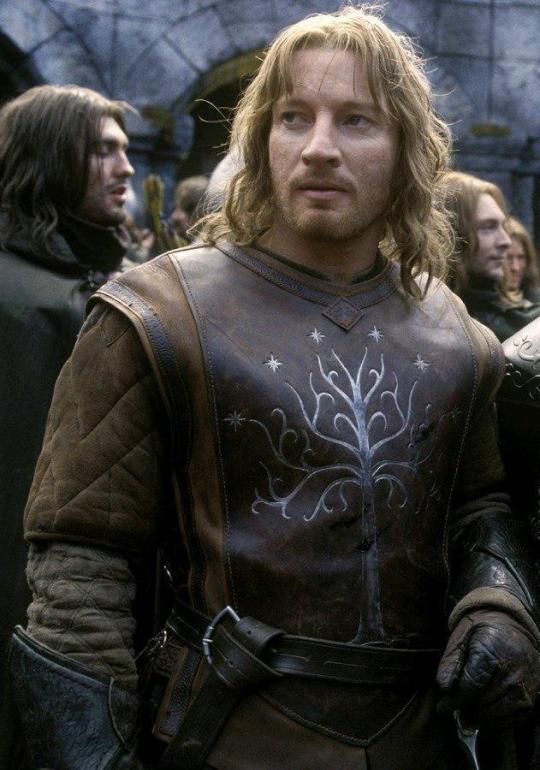
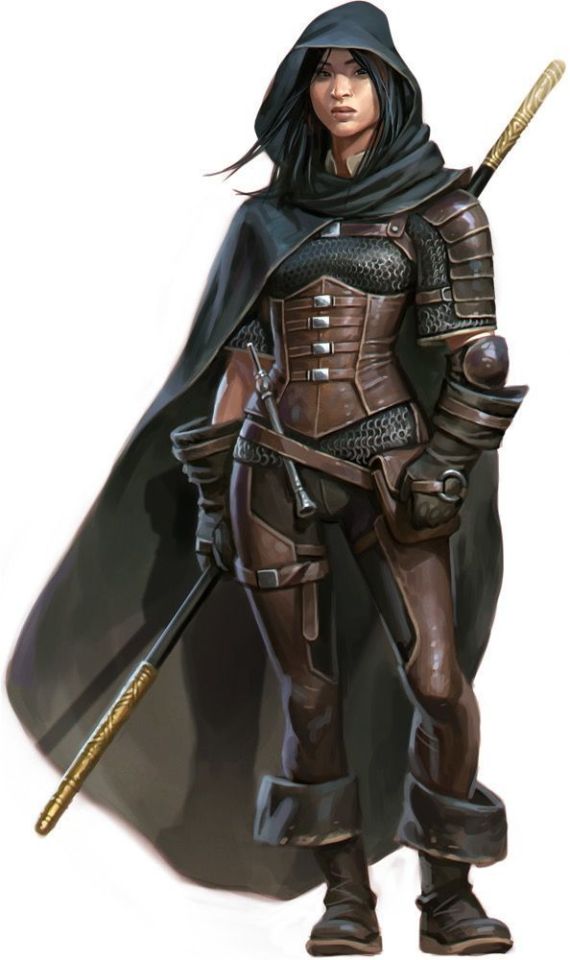
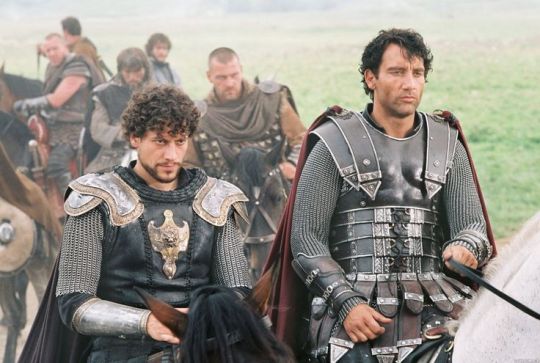

And I think this is how we get to characters like Ragnar and Vane. This idea of leather as practical gear and light armour, it's fantasy, but it has this lineage, behind which sits cowboy chaps and bomber/flight jackets. It's usually brown compared to the punk bad boy's black, less shiny, and more often piecemeal or decorated. In fact, there's a great distinction between the two Period Leather Modes within the same piece of media: Robin Hood (2006)! Compare the brooding, fascist-coded villain Guy of Gisborne with the shabby, bow-wielding, forest-dwelling Robin:

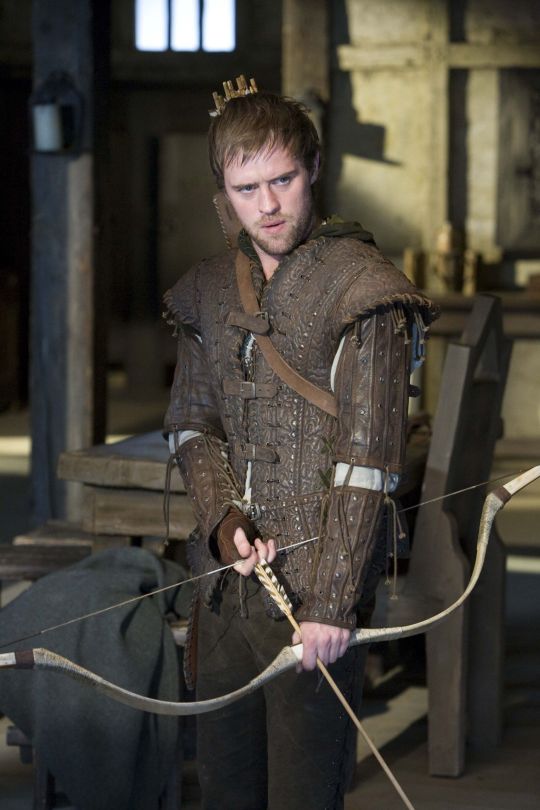
So, back to the original question: What's the difference between Charles Vane in Black Sails, and Edward Teach in Our Flag Means Death?
Simply put, it's intention. There is nothing intentional about Vane's leather in Black Sails. It's not the only leather in the show, and it only says what all shabby period leather says, relying on the same tropes as fantasy armour: he's a bad boy and a fighter in workaday leather, poor, flexible, and practical. None of these connotations are based in reality or history, and they've been done countless times before. It's boring design, neither historically accurate nor particularly creative, but much the same as all the other shabby chic fighters on our screens. He has a broad lineage in Lord of the Rings and Pirates of the Caribbean and such, but that's it.
In Our Flag, however, the lineage is much, much more intentional. Ed is a direct homage to Mad Max, the costuming in which is both practical (Max is an ex-cop and road warrior), and draws on punk and kink designs to evoke a counterculture gone mad to the point of social breakdown, exploiting the thrill of the taboo to frighten and titillate the audience.
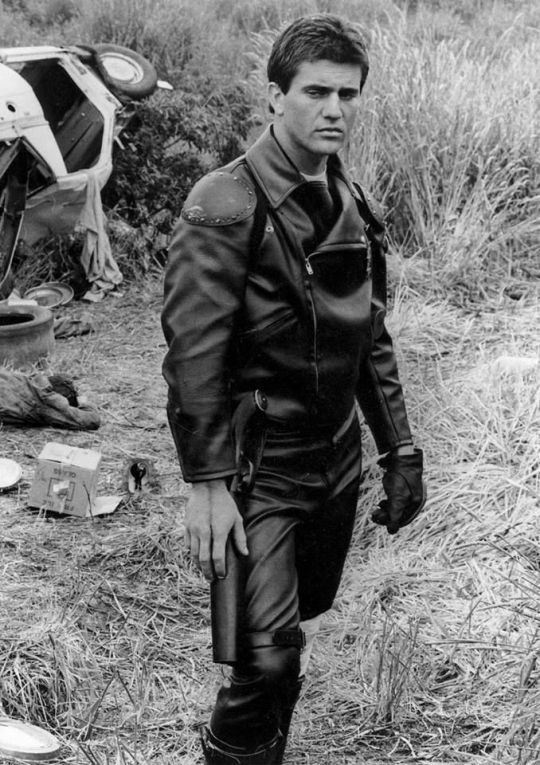
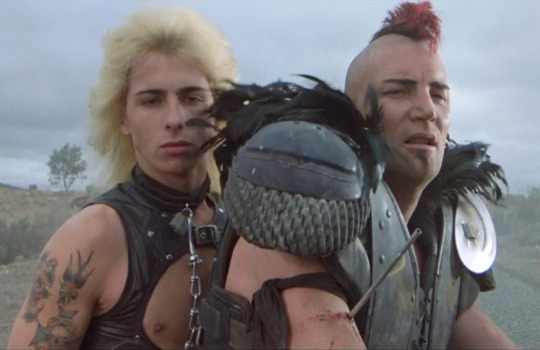
In particular, Ed is styled after Max in the second movie, having lost his family, been badly injured, and watched the world turn into an apocalypse. He's a broken man, withdrawn, violent, and deliberately cutting himself off from others to avoid getting hurt again. The plot of Mad Max 2 is him learning to open up and help others, making himself vulnerable to more loss, but more human in the process.

This ties directly into the themes of Our Flag - it's a deliberate intertext. Ed's emotional journey is also one from isolation and pain to vulnerability, community, and love. Mad Max (intentionally and unintentionally) explores themes of masculinity, violence, and power, while Max has become simplified in the popular imagination as a stoic, badass action hero rather than the more complex character he is, struggling with loss and humanity. Similarly, Our Flag explores masculinity, both textually (Stede is trying to build a less abusive pirate culture) and metatextually (the show champions complex, banal, and tender masculinities, especially when we're used to only seeing pirates in either gritty action movies or childish comedies).
Our Flag also draws on the specific countercultures of motorcycles, rockers, and gay/BDSM culture in its design and themes. Naturally, in such a queer show, one can't help but make the connection between leather pirates and leather daddies, and the design certainly nods at this, with its vests and studs. I always think about this guy, with his flat cap so reminiscient of gay leather fashions.

More overtly, though, Blackbeard and his crew are styled as both violent gangsters and countercultural rockstars. They rove the seas like a bikie gang, free and violent, and are seen as icons, bad boys and celebrities. Other pirates revere Blackbeard and wish they could be on his crew, while civilians are awed by his reputation, desperate for juicy, gory details.
This isn't all of why I like the costuming in Our Flag Means Death (especially season 1). Stede's outfits are by no means accurate, but they're a lot more accurate than most pirate media, and they're bright and colourful, with accurate and delightful silks, lace, velvets, and brocades, and lovely, puffy skirts on his jackets. Many of the Revenge crew wear recognisable sailor's trousers, and practical but bright, varied gear that easily conveys personality and flair. There is a surprising dedication to little details, like changing Ed's trousers to fall-fronts for a historical feel, Izzy's puffy sleeves, the handmade fringe on Lucius's red jacket, or the increasing absurdity of navy uniform cuffs between Nigel and Chauncey.
A really big one is the fact that they don't shy away from historical footwear! In almost every example above, we see the period drama's obsession with putting men in skinny jeans and bucket-top boots, but not only does Stede wear his little red-heeled shoes with stockings, but most of his crew, and the ordinary people of Barbados, wear low boots or pumps, and even rough, masculine characters like Pete wear knee breeches and bright colours. It's inaccurate, but at least it's a new kind of inaccuracy, that builds much more on actual historical fashions, and eschews the shortcuts of other, grittier period dramas in favour of colour and personality.
But also. At least it fucking says something with its leather.
#everyone say 'thank you togas' for not including a long tangent about evil rimmer in red dwarf 5x05#Our Flag Means Death#Togas does meta#and yes these principles DO fall apart slightly in s2 and i DON'T like those costumes as much#don't get me wrong they're fun and gorgeous - but generally a bit less deep and more inaccurate. so. :(#I'm not sure this really says anything new about Our Flag but I just needed to get my thoughts out#i hate hate hate Gritty Period Drama costumes they're so boring and so ugly and so wrong#god bless OFMD for using more than 3 muted colours and actually putting men in heels (and not as a shorthand for rich/foppish villainy) <3#looking at that Tudors still is insane like they really will go to any lengths to not make men feel like they've got bare legs XD#image descriptions in alt text#and yes i DID just sink about two hours into those so you'd better appreciate them
1K notes
·
View notes
Text
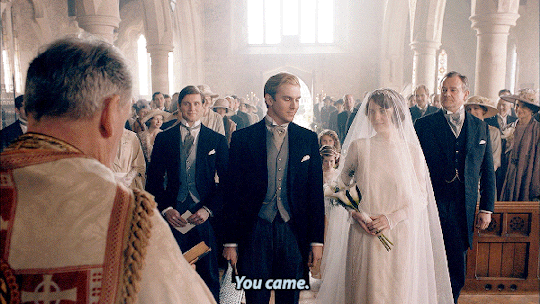

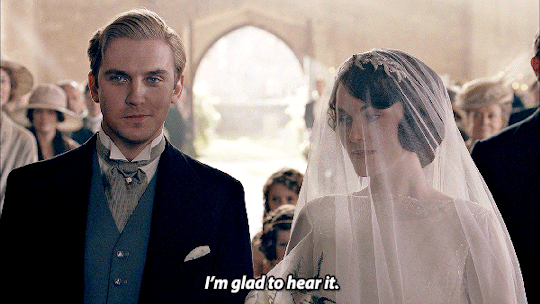
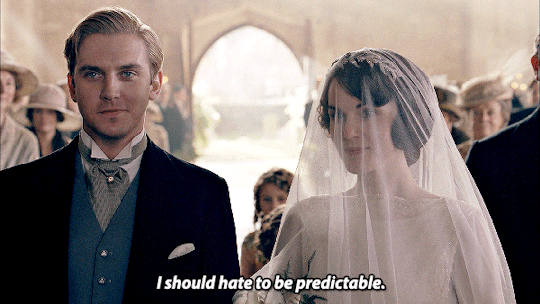

#downton abbey#downtonedit#downtonabbeyedit#perioddramaedit#perioddramasource#mary crawley#matthew crawley#mary x matthew#matthew x mary#michelle dockery#dan stevens#wedding#I should hate to be predictable#period drama#s03e01#anna attempts photoshop#1k+#1k
2K notes
·
View notes
Text
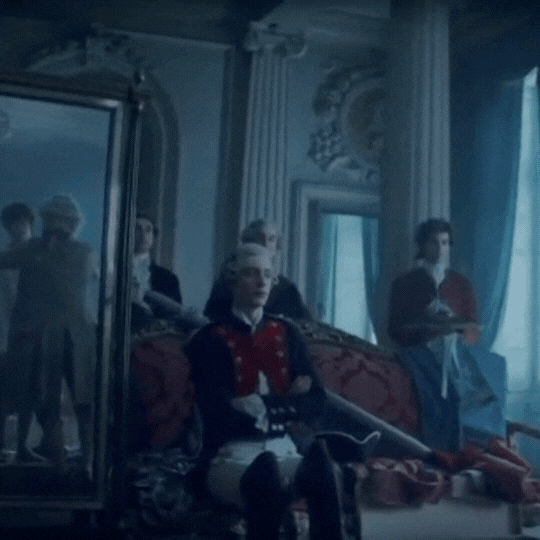


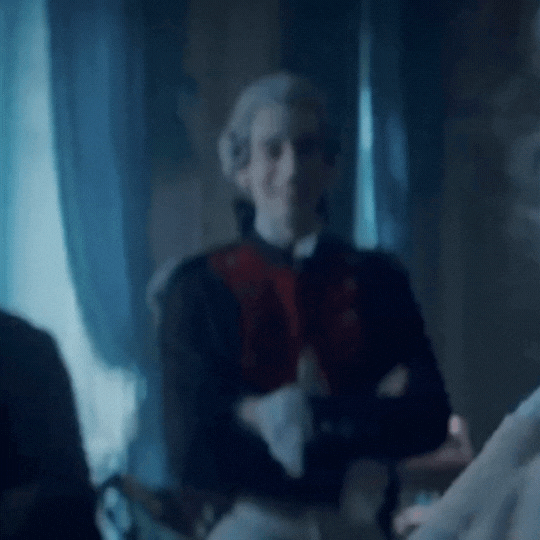
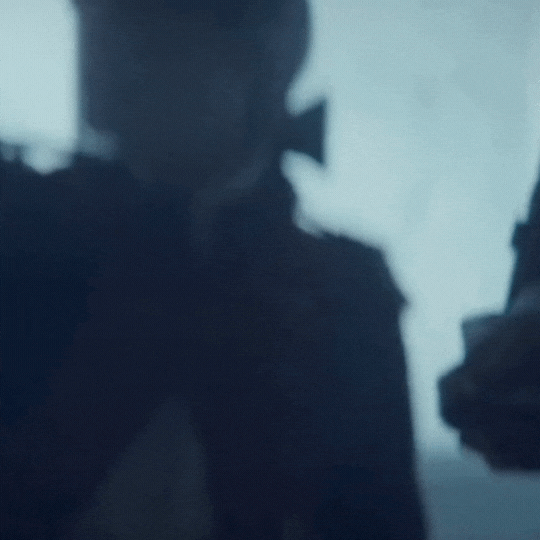

"Une silhouette d'homme, pas de mollusque."
THÉODORE PELLERIN as GILBERT DU MOTIER, THE MARQUIS DE LAFAYETTE
EVERY LAFAYETTE SCENE, 3/? ✧ 1x01, FRANKLIN (2024)
#franklin#franklinedit#appletvsource#appletvgifs#appletvedit#perioddramaedit#perioddramagif#weloveperioddrama#perioddramasource#perioddramasonly#perioddramacentral#period drama#american revolution#gilbert du motier#marquis de lafayette#lafayette#mine#mine: gifs#every lafayette scene#characters#ch: franklin#i'm so sorry these gifs are more disgusting than usual#anyway lafayette being in charge of temple's teen movie makeover#he's like i hate the court but even i know you have no drip#HE'S SO CUTE IN THE FOURTH GIF#all smiley and shit in the background
88 notes
·
View notes
Text
Idk what kind of crack they were putting in 90s period dramas but it’s just Not The Same Anymore
#the warm haziness 🤌#stop making movies dark and cold and sharp I hate it here#little women 1994#the secret of roan inish#the little princess 1995#fairytale a true story#the secret garden 1993#newsies 1992#ever after: a cinderella story#wilde 1997#the golden age of period dramas#for r e a l#period piece#films#movies
484 notes
·
View notes
Text

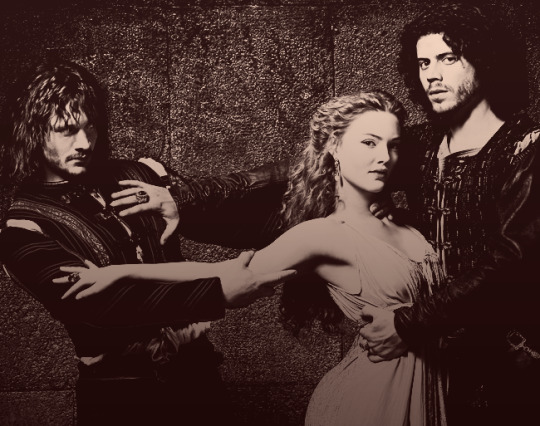

"The fact that Juan is aware of [Cesare and Lucrezia's affair] and concerned by it is quite an interesting one. I don’t think he’s jealous of them being together. I think he’s jealous of not being a part of it as well. " — David Oakes
#my entire personality#the OT3 we all deserved but have been robbed of#it would've cured all his issues#I love that it wasn't cliché bullshit like twilight or vampire diaries where the guys fight over a girl etc etc#because in juan's case he loves both lucrezia and cesare; therefore there's nothing for him to hate about their affair at all#it's why he wanted to be their sandwich#cesare/juan/lucrezia throuple truthers rise#filmtvsource#cesare borgia#juan borgia#lucrezia borgia#the borgias#period drama#holliday grainger#david oakes#the borgia siblings#perioddramaedit#theborgiasedit#by jen
141 notes
·
View notes
Text

I’ve been in that period drama kind of mood
#death note#L#do I like english period dramas? no I actually hate them#but the costuming? immaculate#also I’m reading Dorian gray and I just finished Jekyl and Hyde a bit ago… yeah#good stuff#just a doodle#l lawliet
715 notes
·
View notes
Text
Adding Vanity Fair to the list of classic literature that I have avoided for far too long, because everyone talked about the serious parts and neglected to mention that it was hilarious.
Why was everyone telling me about Becky Sharpe, the scandalous and shocking anti-heroine (yuck), and never once mentioning the narrator who goes off on wonderfully absurd meta-tangents about the novel's structure and characters? It would be like talking about Wodehouse as if it were all from the POV of one of the scheming antagonists and failing to mention the wide cast of absurd characters and the quirky narration. Why does this kind of thing always happen with British literature specifically? Please let me know when books are funny, I'm begging you.
#i'm only five chapters in#(though i got a bit further in the period drama)#so it could very likely crash and burn and become a boring depressing cynical slog that i hate#but for now the main emotion is surprised delight#i was like 'wow this is a super-odd meta opening for a period drama to choose'#but i thought it was part of the latest trend to have period drama characters talk to the camera and be meta#only to find that the ACTUAL NOVEL STARTS THAT WAY!#what a delight#vanity fair#books
25 notes
·
View notes
Text
.
#I do not support s3xual content of minors. I do not like p0rn0graphic content period.#I don't enjoy making posts like this because they only bring drama#but a few people asked and I felt this was important to clear up#I also am not here to police people#there's a lot of stuff going on right now in the vore community and I would just like to be left out of it please#curate your online experience. don't send hate. use the block button liberally.#nothing I create is done with s3xual intentions#this is the internet and there’s gonna be content you don’t like. Block and move on
21 notes
·
View notes
Text
My response to Bertha more or less selling Gladys to that duke for a place in society.
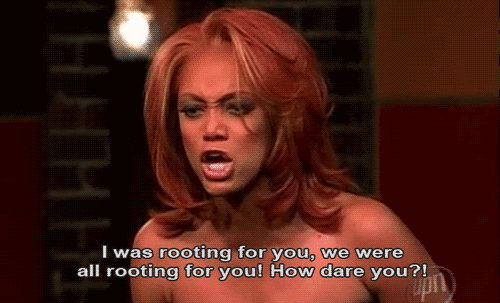
#the gilded age#the gilded age spoilers#period drama#anti bertha russell#i hate to be anti bertha when I've been supportive all along#but you don't sell your daughter for a place in society#you just don't
36 notes
·
View notes
Text
Girl help they beat my ass on asoiaf twitter
#.txt#‘stop vagueposting’ my bad I thought this was the vagueposting site#over the stupid fucking costume tweet. again#my fault for not specifying it was about period drama screenshots and not artists I guess but I thought it was obvious 😭#they accused me of gaslighting too girl fuck you lol#‘is it that serious’ < person who’s about to accuse me of being an elitist artist hating gaslighter or whatever#well at least I have some new drama 2 talk 2 my classmates about yipeee saved from awkward silent walk home#YES I tell my classmates about funny internet discourse look we’re animation students we’re all chronically online
48 notes
·
View notes
Text
the way Mr. Russell promised his daughter he would never force her to marry and that he would allow her to choose her own husband because he wants her happiness in the beginning of this season only for his wife to sell their daughter off like a horse for the duke to visit her opera house???
#ive always had love hate relationship with mrs russell but this is too much#i love people who will do anything to make their dreams come true even cruel things but when they use the closest family members#especially own children... :/ nah#and it was for something so stupid like the visit of a duke???#The Gilded Age#Period Drama#sansaorgana's shitpost
29 notes
·
View notes
Text
Finished watching The Artful Dodger and, honestly?
I need a season 2. Pronto.
#this show is such a weird mix#its a period piece#a medical drama#criminal heist#historical romance#in a modern Dickens style tv show#based on character from Oliver Twist#set in Australia#and it all freaking works#ok Belle was a tiny bit annoying at first#and there's one character twist that I hate#(seriously that was so not needed)#but over all its a great show#really hope for a season 2#the artful dodger#tv shows#things i like
20 notes
·
View notes
Text
Me about every scene in Act 3 of my hopefully-one-day-going-to-be-published-story:

#I'm used to high drama all the time#and in this act/chapter they're all just... vibing#sitting there and chatting#weaving baskets and textiles#gardening and fishing#making friends and quarrelling and falling in and out of love#i love it and hate it at the same time#the one and only slice of life act#it's kinda cute#and kinda pointless#but not really?#it's like... a bridge#from one drama-ridden period to another#a LONG bridge to be sure#and it's a challenge cause surprise surprise#drama is infinite times easier to write#i should go to sleep lmao#writing struggles#random#vintage rambles#gbsc extras
22 notes
·
View notes
Text
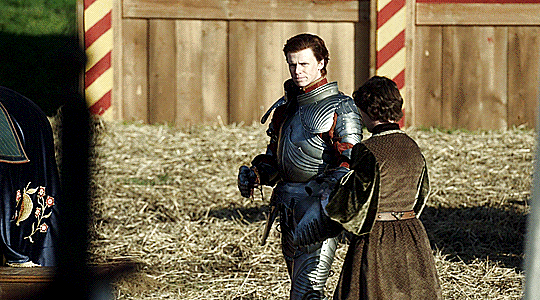
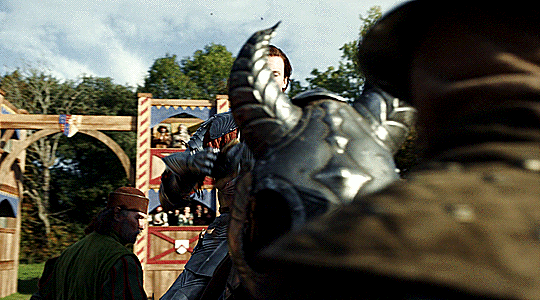
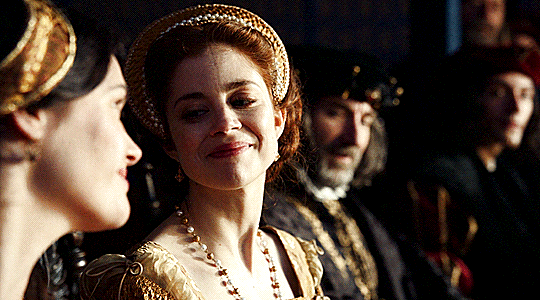
𝓗e rides with your family emblem on his horse. It's so romantic. ♡︎
Henry led the way. The words embroidered on his gold basse skirt and his horse's trapper were a public profession of love. Henry was ‘Cure loial’, Catherine's ‘Loyal Heart’. Should anyone doubt exactly who the object of his affections was, Catherine's letter ‘K’ was embroidered all over his pavilion. — Giles Tremlett
for the one and only @alicenthightwer (ノ◕ヮ◕)ノ*:・゚✧
#her smile 🥹❤️ i could never hate her#catherine of aragon#charlotte hope#henry viii#ruairi o'connor#the spanish princess#tudor history#period drama#perioddramaedit#tspedit#history#historyedit#tudorsedit#gif#*mine#tudorerasource#gifshistorical#weloveperioddrama#perioddramasource#onlyperioddramas
310 notes
·
View notes
Text
the borgias is my favorite show and i think it's the best show ever made and all. however, there's just this one aspect that is genuinely hilarious to me and i mostly criticize the show for. the writers suddenly trying to make the viewers massively despise juan by turning against him and disingenuously writing him in his final moments so the watchers won't miss him or sympathize with him by making him a walking danger as an excuse to kill him off and prop up cesare's character. they wanted the audience to root for cesare at juan's expense and make his death seem necessary lol. they truly thought they served with this one, like maybe juan's character was shamefully abandoned by the writers (as well as his family except for rodrigo) but david oakes had many people sold with the way he played him to perfection, improvising and making juan remarkable, tremendous, and humane. the show is obviously a classic masterpiece, but in my opinion about the juan part, simply rushing the writing of a tragic dying character on a show for weak reasons is pure disrespect.
#i love the way juan was written off is something that didn't sit right with the rest of the cast either. they know david was done dirty#not to mention the corny ass hashtag they tried to trend to celebrate juan's death lmaoo 2012 was really something#it's why françois and david GET ITTTT#their insights literally go against what the writers were trying to make us Believe LOL françois and david were like No ❤️#you know when the actors get the characters more than the writers themselves because of how much they lived in them? YEAH!!!#they tried so badly to paint cesare gutting juan and throwing him off a bridge as “heroic” then BAM here comes king arnaud!!#calling cesare an envious monster SJSJJSNSEJ#françois literally admitted that he had the writing on his character's side meanwhile david's character was thrown under the bus#as if it wasn't enough for them to villainize juan by giving him all historical!cesare's negative characteristics !!#that being said. like or hate juan...his presence was truly missed in season 3 lol#juan borgia#cesare borgia#françois arnaud#the borgias#period dramas#period drama#neil jordan#david oakes#borgias#text post
115 notes
·
View notes